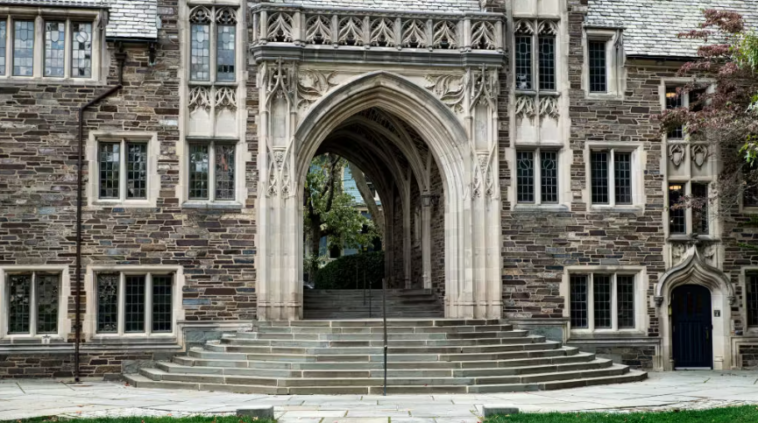A professor at Princeton University has revealed that administrators quietly removed portraits of former department chairmen—some of the most distinguished figures in the university’s scientific history—solely because they were white men.
According to the professor, the portraits had been proudly displayed for more than 70 years before someone in the administration decided their presence was “objectionable.” The portraits were removed without any significant opposition from the broader university community.
Ironically, many of the men whose images were taken down had played pivotal roles in advancing diversity and inclusion at Princeton decades before it became politically fashionable. Several former chairmen were instrumental in recruiting black students to the university between the 1950s and 1970s—a time when such efforts were far more meaningful than today’s performative activism.
Despite their undeniable contributions to Princeton’s legacy of academic excellence and genuine inclusivity, these individuals were erased from public display based purely on the color of their skin and their gender.
The removal of the portraits is the latest in a broader trend at Princeton, where radical diversity, equity, and inclusion (DEI) initiatives have led to actions many now see as openly discriminatory against certain groups. Critics argue that while these programs claim to correct historical injustices, they have instead created new forms of exclusion, marginalizing individuals solely because they are white, male, or otherwise considered politically unfashionable.
Princeton has previously shown a willingness to erase its own history under DEI pressures. In 2020, the university stripped former President Woodrow Wilson’s name from its School of Public and International Affairs, citing his racist policies—even though the school had borne his name for decades and Wilson himself had served as Princeton’s president before entering national politics.
The growing pattern of historical erasure at prestigious universities like Princeton raises serious concerns about how institutions are reconciling their histories with modern political trends—and whether the pursuit of “inclusion” is actually deepening divisions by rewriting the past through an ideological lens.
Rather than honoring real contributions or encouraging honest dialogue about America’s complex history, critics warn that actions like Princeton’s portrait removals only fuel resentment, diminish merit, and further politicize higher education.

